Commentary: Plenty of fish in the sea? Seafood-loving Singapore may not have its fill in the future
With all the stresses on the seafood industry, it’s time to think about the bigger questions during our trips to the market, says NTU’s William Chen.
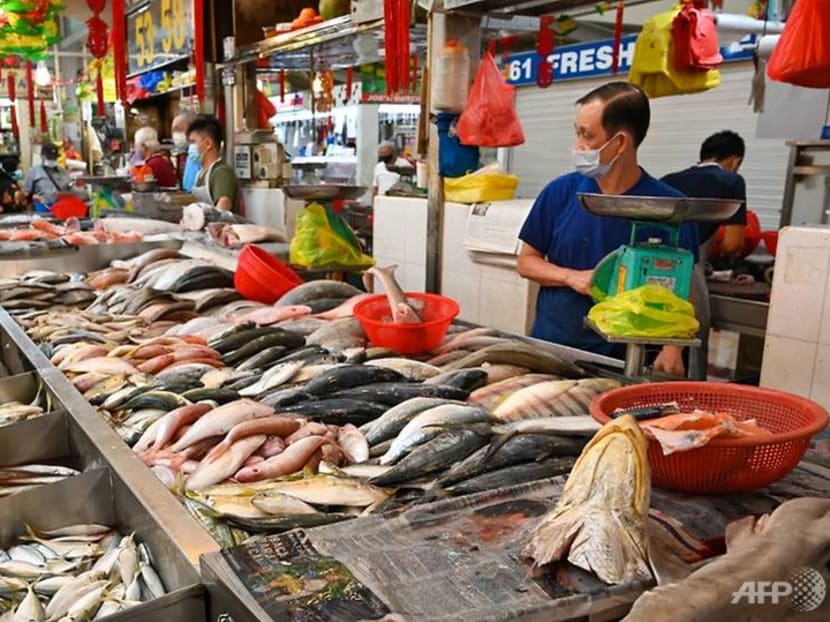
People shop for fish at a wet market in Singapore on Jan 6, 2021. (Photo: AFP/Roslan Rahman)
SINGAPORE: The Netflix documentary Seaspiracy has triggered discussion about the ills of the global seafood industry.
While it got blowback for its sensationalism and quoting studies out of context, the film has shone a spotlight on issues such as overfishing and plastic pollution, convincing many viewers to swear off seafood.
But is abstaining from seafood consumption really the solution?
READ: ‘A lot of confusion’ for stallholders and fishmongers as stalls remain closed with COVID-19 testing under way
That doesn’t sound like an easy task when Singaporeans love seafood. Each person consumes an average of 22kg of seafood per year, above the global average of around 20kg.
In 2020, Singapore imported 134,000 tonnes of seafood worth S$760 million, mostly from countries in the region such as Indonesia and Malaysia.
But this rate of seafood imports might give one pause given the finite number of fish in oceans and Singapore’s food security goals.
READ: Commentary: Excitement over marine creatures is great, but are we loving Singapore’s shores to death?
A SEAFOOD-LOVING NATION
A 2016 report by WWF revealed that 75 per cent of the seafood consumed in Singapore is unsustainable, meaning they are irresponsibly fished or farmed.
A notorious industrial fishing method is bottom trawling, in which a large fishing net is used to comb the seabed. The net collects everything in its path, including juvenile fish, turtles and marine mammals, and destroys coral reefs in the process.
Species that are trawled include ikan kuning (the fish typically served in nasi lemak), silver pomfret and swordtip squid.
Yet, Singapore is highly dependent on these imports. Over 90 per cent of the food we eat is imported, with only 9 per cent of fish produced in local farms, according to the Singapore Food Agency (SFA).
This makes Singapore vulnerable to temporary shocks in supply chains. The Jurong Fishery Port, a source of a growing COVID-19 cluster, has been closed for deep cleaning until Jul 31, causing short-term disruptions to the supply of chilled seafood. The Ministry of Health noted on Jul 17 that there was a rush to buy fish and urged visitors to avoid crowds when marketing.
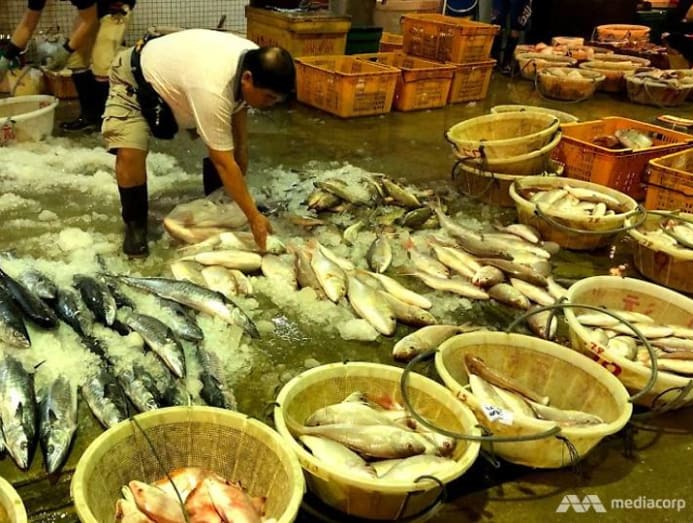
It’s therefore no surprise that Singapore aims to beef up its food security with its “30 by 30” goal: To produce 30 per cent of its nutritional needs locally by 2030.
THE GLOBAL PICTURE
But the problem goes beyond Singapore. Worldwide, seafood consumption has reached 156 million tonnes every year. The United Nations’ Food and Agriculture Organization (FAO) estimated global fish consumption per capita more than doubled from 9kg in 1961 to 20.5kg in 2018.
The annual growth in seafood consumption has outpaced population growth twofold and is higher than the growth in consumption of all other animal proteins.
The world’s insatiable appetite for seafood has led to overfishing and resulting declining fish populations. In 1974, 90 per cent of the world’s fish stocks were at healthy levels. That figure dropped to 65.8 per cent in 2017, according to FAO.
Fifty years ago in Thailand, 300kg of seafood could be fished per hour. Today, only 18kg of seafood can be fished per hour.
READ: IN FOCUS: As fishing rises in popularity, concerns grow about overfishing and litter
Farming practices such as aquaculture can fill the shortfall in consumer demand for seafood. But aquaculture has also been associated with environmentally harmful practices, including overfishing, ironically, when an unsustainable number of wild fish is caught to feed the farmed fish.
There’ve been health scares linked to cultivated seafood too. For instance, the US Food and Drug Administration issued an import alert in 2016 on shrimp and prawns from Malaysia, alleging the presence of antibiotics that prevent disease in farmed crustaceans, but are harmful to humans.
The ongoing pandemic has added another layer of complexity. According to a recent FAO information paper, the slowdown in consumer demand, disruption to fishing supplies and health measures for crew members have all affected the seafood industry.
In the US, fishing catches dropped by 40 per cent at the peak of COVID-19.
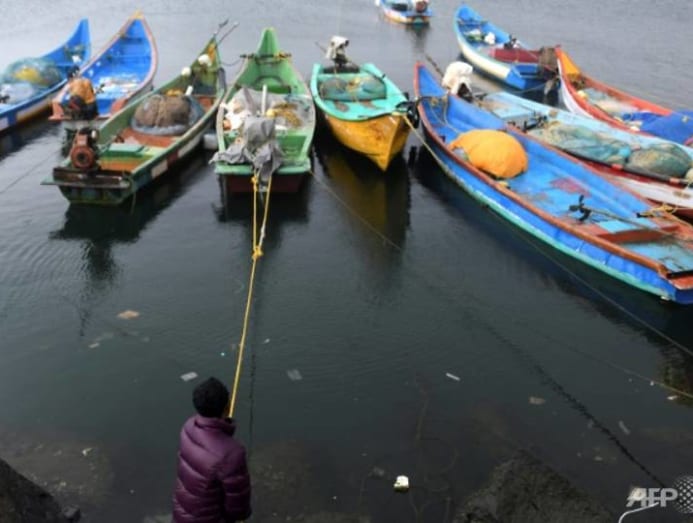
With all these stresses on the seafood industry, it’s time to think about the bigger questions during our trips to the supermarket.
SUSTAINABLE SEAFOOD LABELS – A GUARANTEE?
One solution to the depletion of fish stocks is to eat responsibly. The big boys know this trend is on the horizon. Marina Bay Sands, for instance, is starting to use more certified sustainable products in their kitchens with Marine Stewardship Council (MSC) being the dominant seafood sustainability certifier.
MSC labels caught or farmed seafood as sustainable based on three criteria: Using sustainable fish stocks, minimising environmental impact and effective management.
Other certifiers include the Aquaculture Stewardship Council (ASC) and the Global Aquaculture Alliance’s Best Aquaculture Practice (BAP).
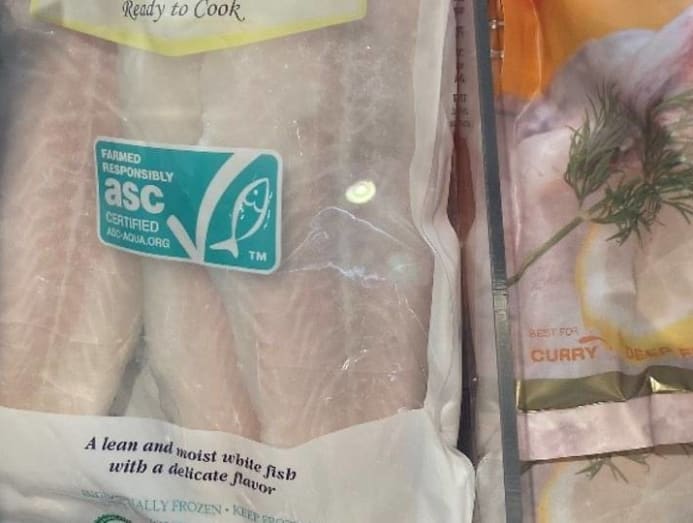
Still, there’s understandable public scepticism over sustainable seafood labels, not to mention the green-washing risk of seafood being wrongfully claimed as sustainable, or simply mislabelled. In 2018, CNA enlisted a laboratory to test eight samples of certified sustainable fish, and found one product did not match its packaging label of Pacific cod.
READ: The truth behind 'sustainably fished' and 'organic' labels
Nonetheless, seafood labels do go some way to raise public awareness about sustainable seafood and guide consumers in making better choices. In a study conducted by consultancy GlobeScan, 75 per cent of people in Singapore felt consumers should protect fish stocks so others can enjoy them in the future.
But sustainable seafood is still by far the exception rather than the norm. Walk through the seafood section in a local supermarket and you’ll find that only about one in 10 seafood products have any of the three sustainability labels (MSC, ASC, or BAP).
READ: Commentary: Trying to live more sustainably? It’s impossible to make a difference alone
TAKING MATTERS INTO OUR HANDS
How should we as consumers prepare ourselves now for the future that we are aware of global threats to seafood availability?
We could get educated, for a start. WWF Singapore published a sustainable seafood guide in 2016, identifying species that are sustainable and those that should be avoided.
But the industry too must step up. Food vendors today may have no idea whether their fish is sustainable and where it comes from, or even what is in a product such as fish balls.
READ: Fish balls made by hand and sold out daily? Meet one of a rare breed of hawkers
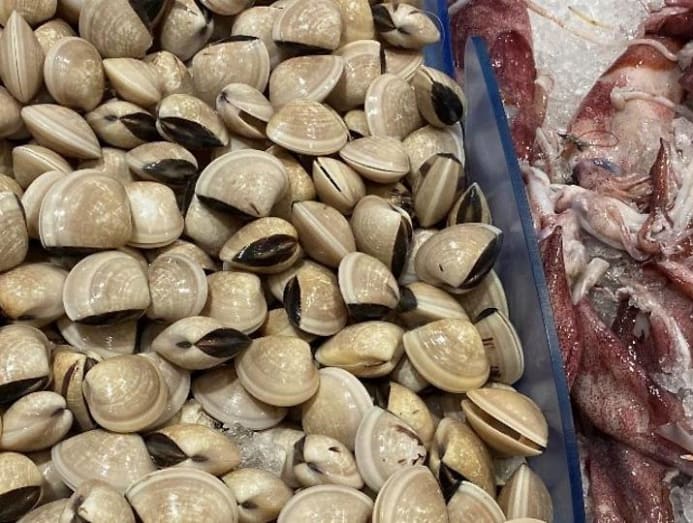
The good news is that aquaculture using sustainable technology is showing results and gaining support as part of Singapore’s “30 by 30” plan.
Consumers can now choose from a growing range of seafood products from local farms (like fish, prawns and crabs). Operated and monitored according to the sustainability guidelines by SFA, consumers have less to worry about compared to labels from MSC and the like.
Food safety of new local aquaculture products will also receive a boost from NTU’s recently launched Future Ready Food Safety Hub (FRESH), which uses data analytics to cut down the risk of food fraud so Singaporeans can feel more confident in these products.
READ: Commentary: Is lab-grown meat a new frontier or a passing fad?
Innovations in food science and technology have produced higher nutrient values in familiar seafoods like seabass, groupers and soon hock.
For example, the St John’s sea bass, a new breed developed by SFA and Temasek Life Science Laboratory, is healthier for consumers and easier for farmers to produce.
READ: Singapore and Brunei eye more cooperation in agri-food industry
It’s true the current scale and production yield of Singapore’s aquaculture are not yet comparable with the economies whose seafood exports we rely on.
That’s why local innovations should be shared with neighbouring countries, in the hopes that regional collaboration can address the threats to seafood supply. Already, local aquaculture firms Barramundi Asia and Apollo Aquaculture are expanding their operations into Brunei.
In the meantime, responsible seafood consumption – such as eating less sambal stingray and steamed red grouper – may be a small way of ensuring that we can continue enjoying these dishes in the years to come.
How could climate change reshape your dinner? Listen to an expert break it down on The Climate Conversations podcast:
Professor William Chen is the Michael Fam Chair Professor in Food Science & Technology and Host Principal Investigator of the Future Ready Food Safety Hub.





